The wonders of autumn
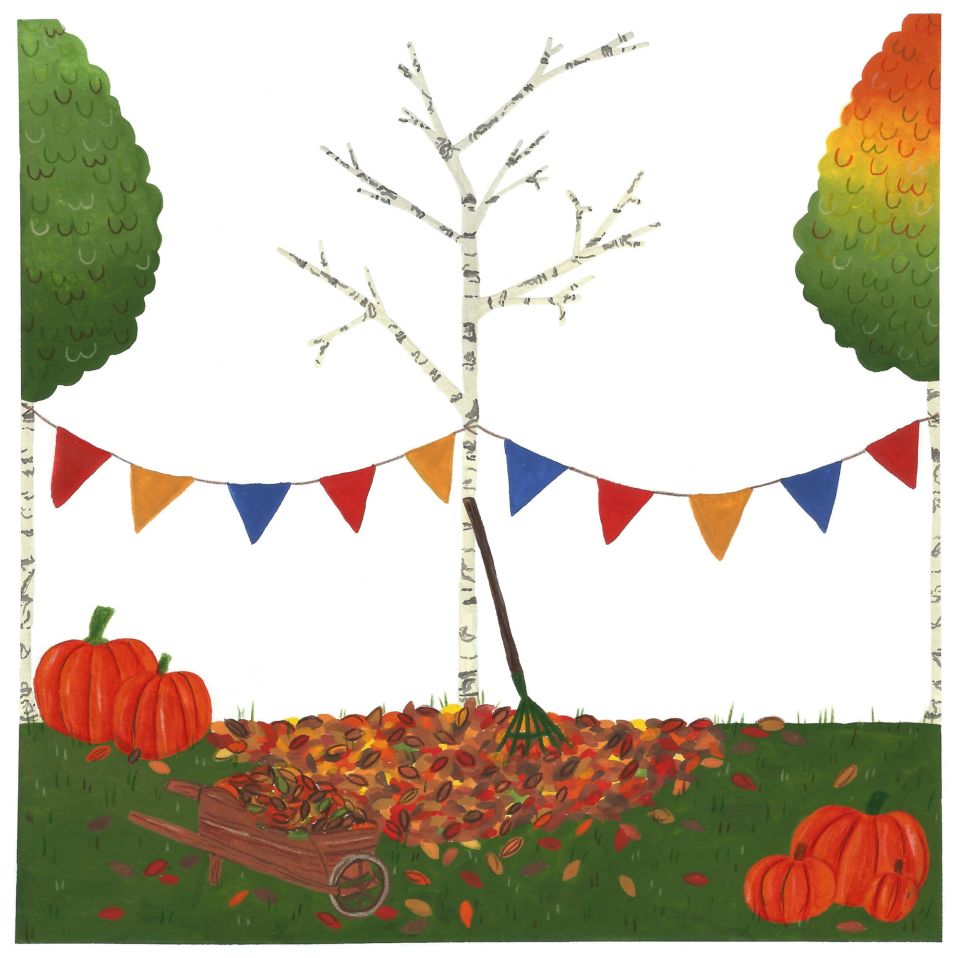
Why do leaves change colour in autumn? Why is it a cause for celebration around the world? And what does the word autumn even mean? Gurnam Bubber investigates.
Scrunching golden leaves underfoot, floating layers of mist, sparkling spiders webs, musty scents of damp earth and woodsmoke, it can only be autumn.
For some it is a time of mourning for the summer, for me it’s a time to come alive. It’s my favourite exhibition, most inspiring piece of art, and it doesn’t cost a penny to see. I’ve headed out to parks and gardens to witness this astonishing event unfold. But even the everyday residential street where I work has been transformed into a shining, glittering, embroidered piece of golden silk. I don’t see the dull pavements and buildings anymore, just the display of colourful trees adorning the street.
Urban areas and green spaces are reborn. Sunlight dances playfully on the kaleidoscope of multi coloured leaves. The trees look as if an artist has dabbed a load of oranges, yellows and crimson all over their green coats. On a sunny day like today they glow, brighter than any jewelry. The sooty black branches contrast beautifully against the fiesta of leaves. Even after they fall from their lofty perch, they decorate the ground, a patchwork quilt of leaves. The nemesis of road sweepers and the joy of children and dogs kicking and playing their way through piles of the stuff.
Lakes, rivers and ponds just get the party going full on, a giant art installation of multihued shapes reflected and rippling out.
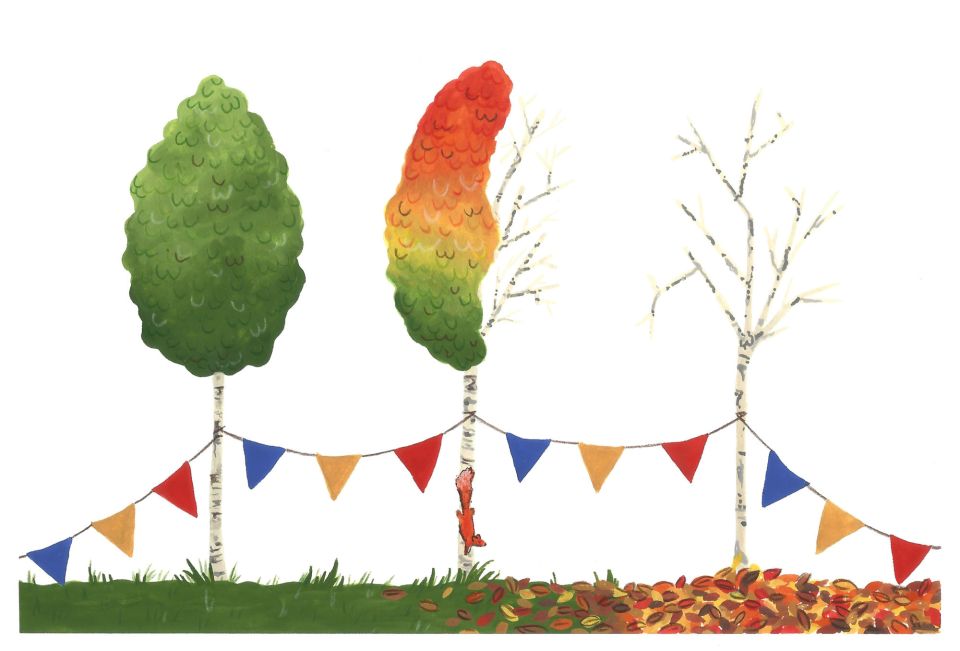
Carnival of colours
From earthy brown to gold, via tangerine and deep dark ruby reds, leaves romp resplendent through the remaining greenery. A dazzling array of shades tumbling though the landscape. It’s glorious and it happens every year. So, what’s the occasion? Nature is preparing to batten down the hatches and get everything in order before the harsh dark dominance of winter arrives. Yes, winter is indeed coming.
To prepare, deciduous trees shed their leaves. There won’t be enough sunlight to carry out photosynthesis, the process where plants use sunlight to create energy. So to prevent damage from the cold and save energy, these trees lose their leaves and fall into a long slumber until spring time. It’s a very successful strategy for trees and plants that must cope with cold temperatures and tough conditions.
But why the carnival of colours? The trees want to take back as much of everything that’s useful in their leaves before they drop. Chlorophyll, a chemical in the leaves, is a vital part of how they trap sunlight for photosynthesis, it’s broken down and absorbed by the tree. Chlorophyll provides the green colour and without it the yellows and oranges are unveiled. The reds (anthocyanins) are actively produced by the tree and the reason is still a mystery. Why waste energy producing something for a part you’re about to get rid of? One theory is that it protects the leaves from sunlight until all the useful materials are absorbed and the leaves can fall away.
It’s not just trees preparing for the winter, animals gather food and fatten up in autumn and those with fur grow thicker coats. Many birds migrate towards the equator to escape the falling temperatures, while others migrate into Britain from northern areas. So it’s a great time to go bird watching too.
A yearly occurrence, it’s easy to take autumn for granted and miss the festival of trees. The display of fall as we know it is not something revealed all over the world, it only happens in temperate regions of the world and we are some of the lucky folks to have it on our doorstep. The autumn temperature transition between summer heat and winter cold occurs only in middle and high latitudes. In equatorial regions, temperatures generally vary little during the year and they don’t have the tree fiesta to enjoy.
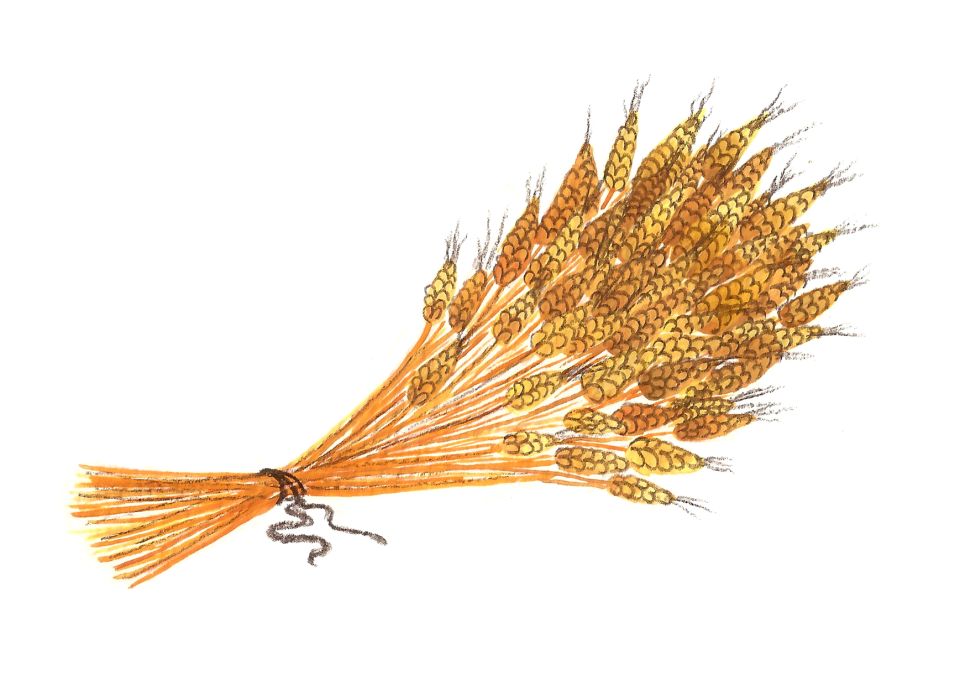
Harvest, autumn or fall?
Before the 16th century, harvest was the term usually used to refer to this time of year. As more people gradually moved from working the land to living in towns, the word harvest lost its significance to the time of year and came to refer only to the actual activity of reaping, and autumn, as well as fall, began to replace it as a reference to the season.
The word autumn comes from the ancient Etruscan root autu- and has within it connotations of the passing of the year. It was borrowed by the neighbouring Romans, and became the Latin word autumnus. After the Roman era, the word continued to be used as the Old French word autompne (automne in modern French) or autumpne in Middle English and was later normalised to the original Latin. In the Medieval period, there are rare examples of its use as early as the 12th century, but by the 16th century, it was in common use.
We typically think of 'fall' as the North American version of the word 'autumn', but it was in widespread usage in England until relatively recently. Originally a shortening of the phrase fall of the leaf, the phrase was common in England in the 17th century.
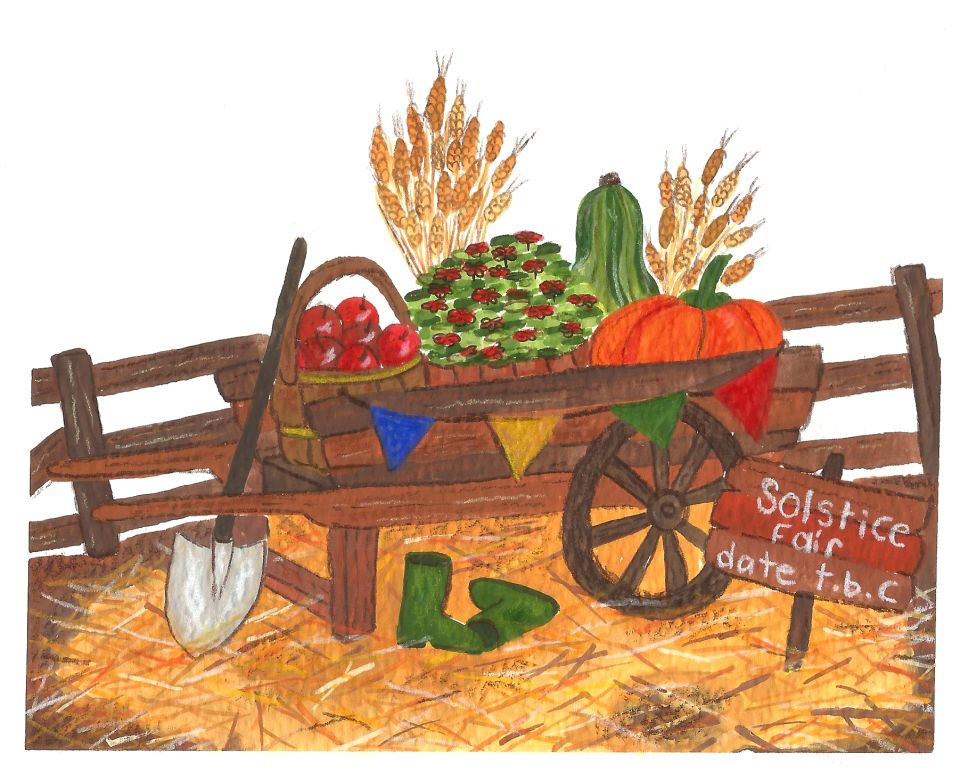
The start of autumn
Did you know that there are two start dates of autumn depending on whether you are using the astronomical or meteorological calendar? One is defined by the Earth's axis and orbit around the sun and the second is a fixed date which is used by meteorologists for consistent spacing and lengths of the seasons. In the astronomical calendar, the beginning of autumn is marked by the autumn equinox which occurs around the 22 September and ends on the winter solstice in December. The dates of the Equinox and Solstice aren't fixed due to the Earth's elliptical orbit of the sun.
Solstices and equinoxes are the astronomical transition points between the seasons and mark key stages in the earth’s cycle. In a year there are two equinoxes (spring and autumn, when the day and night are roughly equal lengths) and two solstices (summer, the longest day and winter, the shortest day). These correlate to different points in the earth’s orbit around the sun combined with the earth’s tilting rotation.
Equinoxes get their name from the Latin for "equal night," and are the only two points in the year when the equator is the closest part of Earth to the sun and leads to a day and night of the same length. For six months of the year, either the northern or southern hemisphere is pointing slightly towards the sun because of the 23.5 degree tilt of the Earth's rotational axis in relation to its orbit. This brings the warmer temperatures of spring and summer.
The autumnal and spring equinoxes mark the point when the two hemispheres swap over. This is what creates the differences in seasons that we experience. It’s all about where the earth is in its orbit around the sun, the 23.5 degree tilt and how far north or south we are from the earth’s equator. It’s also why we in the northern hemisphere will be in the midst of winter when our friends in the Southern hemisphere such as New Zealand will be enjoying their summer.
Autumn according to the meteorological calendar is fixed and begins on the 1st of September and ends 30th November. It’s based on the annual temperature cycle and splits the year into four seasons of three full months each based on the Gregorian calendar. This makes it easier to compare seasonal and monthly statistics. The variation caused by the earth’s elliptical orbit around the sun can be quite large between 89 and 93 days. These variations in season length and season start would make it very difficult to consistently compare climatological statistics for a particular season from one year to the next. And so the meteorological seasons were born.
There is a third definition of the start of autumn. It’s more fluid and comes from phenology – the study of periodic plant and animal life cycle events. In other words, keeping track of natural events through the year e.g. when the first snowdrops are starting to flower.
The start of autumn in this way is dictated not by a set date or a single event, but a variety of changes in the natural world, such as the tinting of the trees, the ripening of autumn fruits and the movement of migrating birds. This a much more variable definition of when the seasons start, but also easy to see, based on what’s happening in that specific year. Looking at this over time, the long-term trend of the seasons seems to be shifting as a result of climate change. Summers starting earlier and autumn and winter later.
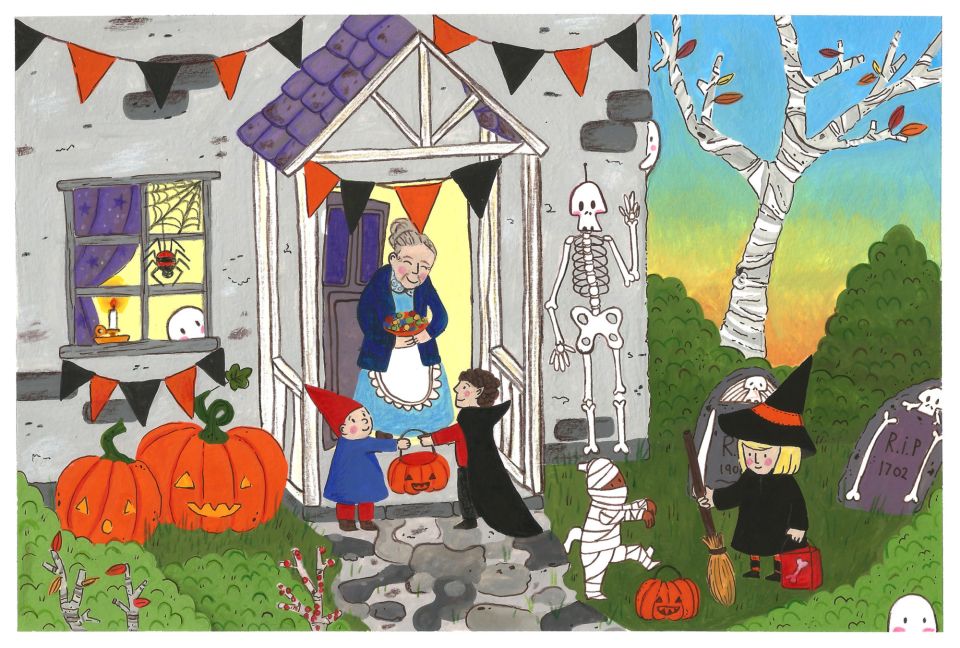
Seasonal festivities
Autumn is generally regarded as the end of the growing season. Also known as the harvest season, autumn ushers in a time of celebration for many farming cultures when they gathered in their crops. A time to revel in plenty after a year of hard work.
Many festivals and events around the globe occur around the autumn equinox, for example the Moon Festival in China, Michaelmas or harvest festivals in the UK. It’s not surprising that so many across the world mark this time of year, a pivotal point when seasons change.
In India, September to November is packed with a variety of important life affirming festivals, culminating in spectacular Diwali where light and goodness triumphs over evil and darkness. Mexico has the Dia de los Muertos (The Day of the Dead), when families come together to remember and pray for loved ones who have died. Mexicans view it not as a day of fear but as a day of celebration and remembrance. A similar idea is mentioned around the Jewish holiday of Yom Kippur, which also typically occurs in October and involves saying prayers for the dead.
In our modern times America can’t get enough of Halloween, which is getting bigger in the UK too. It’s based on the tradition of going trick or treating and stories about a dark night of terror and mischief. Halloween is a child of pagan and Christian origins. The Celtic festival of Samhain on 1st November marked the end of summer, the harvest, the moving of flocks to lower grounds and the beginning of the dark cold winter. Samhain involved a lot of ritualistic ceremonies to connect to spirits and also marked the pagan New Year. Celts celebrated the eve and believed that on the night of 31st October, ghosts of their dead would revisit the mortal world. Large bonfires were lit in each village in order to ward off any evil spirits that may also be at large.
The Christian festival of All Hallows’ Day, also known as All Saints Day was a day to remember all saints who had died for their beliefs. Originally celebrated in May it was moved to the 1st of November sometime in the 8th century. It is thought that in doing so, the pope at the time was attempting to replace or assimilate the Celtic Samhain festival of the dead with a related but church approved celebration. The word Halloween comes from all hallow’s eve, the night before All Hallow’s day. Over time Halloween evolved into the celebration as we know it today.
The Romans could also have had a hand in some of our more recent traditions. The Roman goddess of fruit and trees was known as Pomona and had her festival in the same part of the year, her symbol was the apple and it could have been the origins of the game, apple bobbing.
This is a mystical time of year, of mists and mellow fruitfulness, of life and death. A time when the days grow shorter and nights longer. This is reflected in the festivals around the world at this time, many of which are connected with death and rebirth. In a sense reflecting on death can be a celebration of life.
Walking through a darkening autumnal landscape it’s easy to imagine how our ancestors thought it was a time when the veil between this world and a more magical otherworld became thinner. A reminder of the cycle of life. On the cusp of winter and long dark nights it could be a time to reflect on death and celebrate the creativity, joy and preciousness of life.
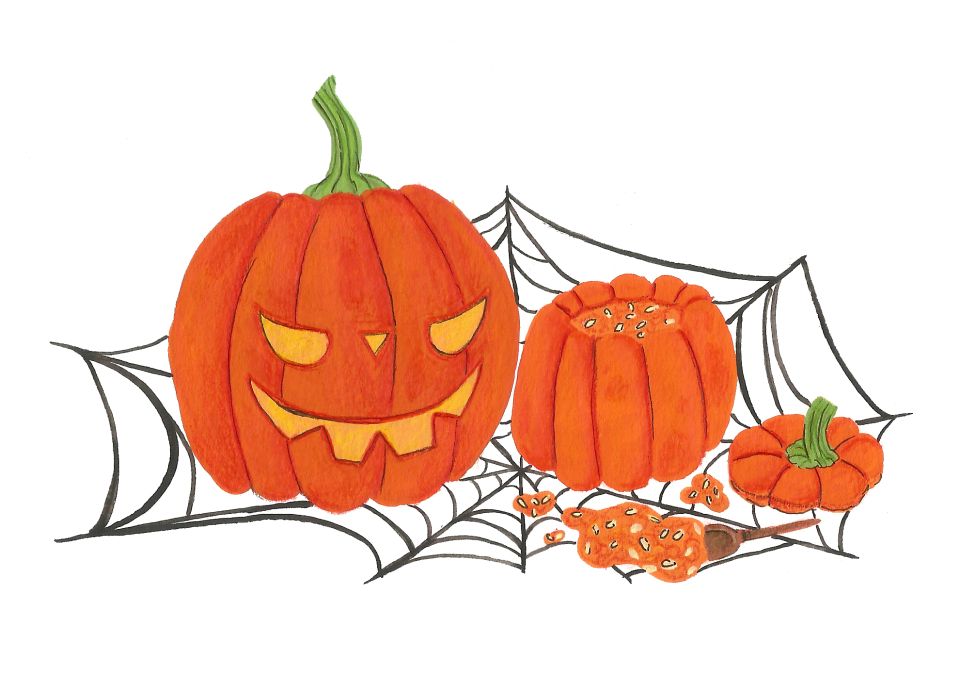
Celebrating the cycle of life
Walking in a park the other day I was mesmerised by a tree with luminous yellow leaves, one half of it was a bare dark silhouette and the other half still decked out in paper thin leaves on the verge of letting go. We humans aren’t so good at letting go of things with such ease. Watching the drifts of autumn leaves blown in the wind like golden confetti was both beautiful and poignant.
I find autumn is a good time to both celebrate the fruits of the year and as nights draw in to prepare for the darkness of winter. Time to lie fallow, to nourish and recover, just like the trees.
Perhaps we could celebrate the cycle of life with as much gusto and delight as the trees and plants seem to. The bright berries and cheerful abundance of fat rotund pumpkins a last dance before the frosts set in. Intricate bright spider webs suddenly revealed by the mists and glowing in the low sun beams. As the air grows crisper and our cheeks sting with a healthy glow, the light turns the world into buttery warm colours and long soft shadows. There is drama in the air and it could well make anyone want to write an ode to autumn and bake exceedingly good pies.
Speaking of pies, the lovely fruit from our trees is a great opportunity to enjoy autumn. How would it be to taste autumn too? In a time of year-round access to all foods at all times, there’s a sensual pleasure to indulging in seasonal food and activities. We’re never too old to kick those piles of leaves, or do a bit of apple bobbing. Finding the right shiny conker and piles of tasty sweet chestnuts feels right for this time of year. The comfort of your old favourite scarf, cozy jumper and a steaming hot drink to warm your hands after a brisk walk is an antidote to the bloated heat of summer.
A time to revel in nature’s poetic beauty. A time to rejoice in the festival of trees.
Autumnal things to do:
- Collect conkers
- Jump in a pile of leaves
- Toast marshmallows
- Carve pumpkins
- Make a leaf collage
- Collect pinecones
- Collect roast and eat sweet chestnuts
- Listen to spooky stories, make up your own.
- Cook, eat and preserve seasonal veg and fruit
- Visit trees. Beautiful autumn colours will be everywhere but some places have it bigger and better. Read on for some of the best autumn walks in the UK.
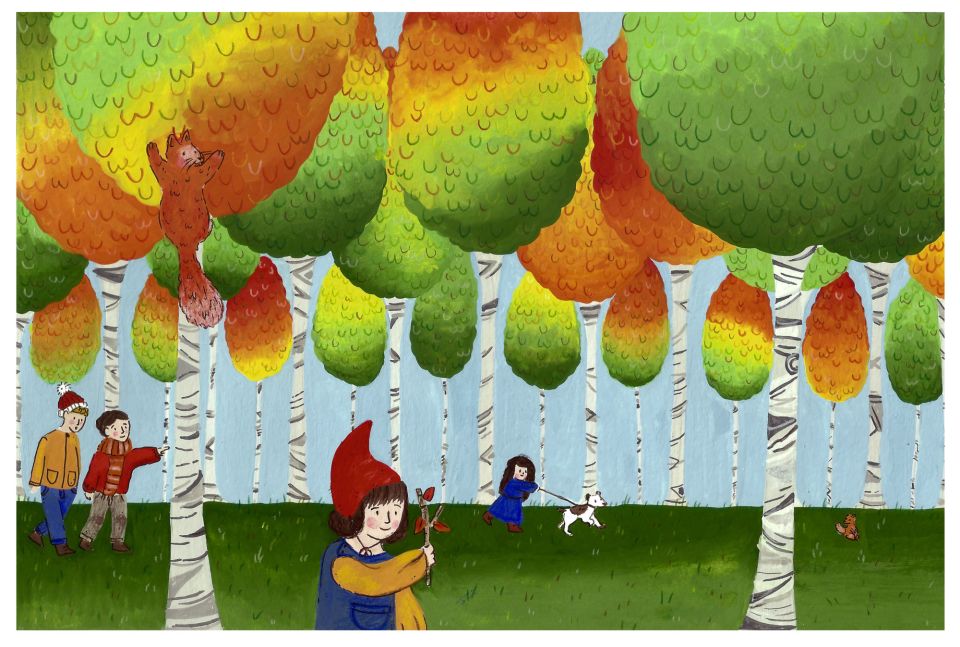
Do you love autumn too? Tag us in your best seasonal photos - colourful trees encouraged! @treesforcities
Illustrations by Heather Hattrick
Donate to Trees for Cities and together we can help cities grow into greener, cleaner and healthier places for people to live and work worldwide.
Donate